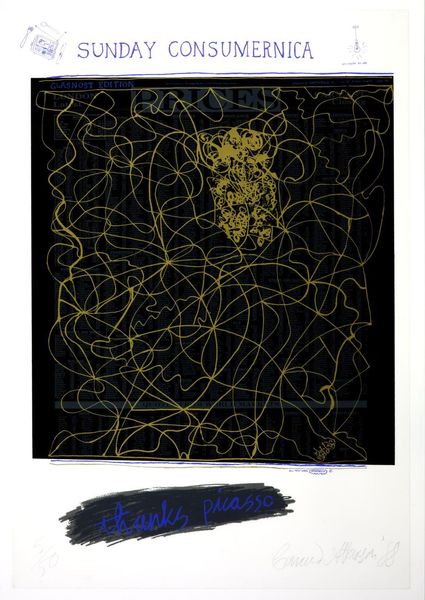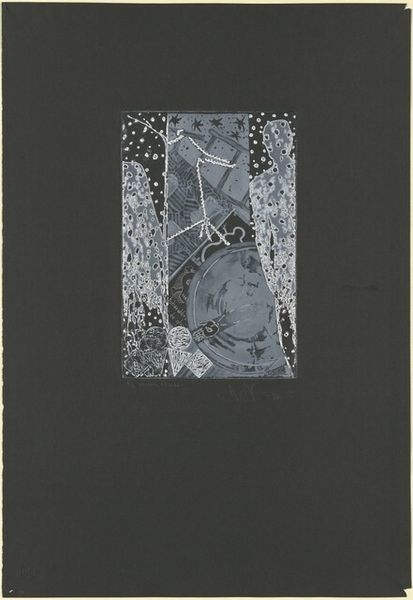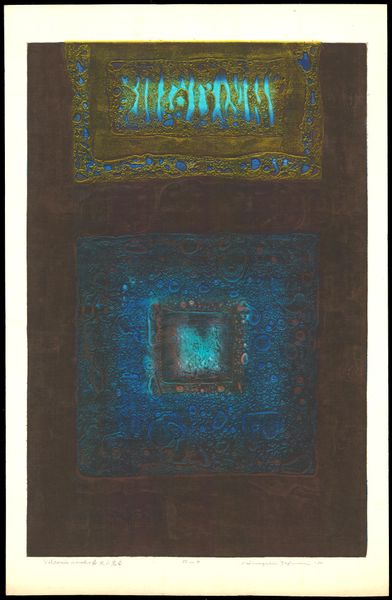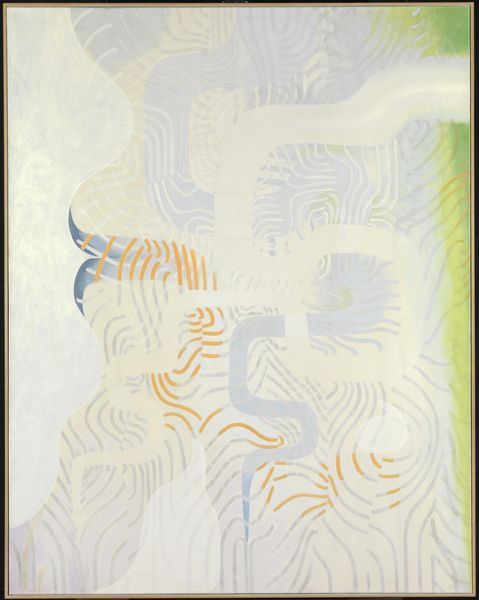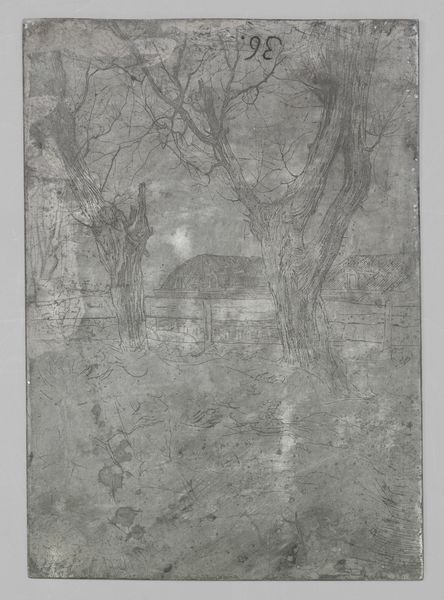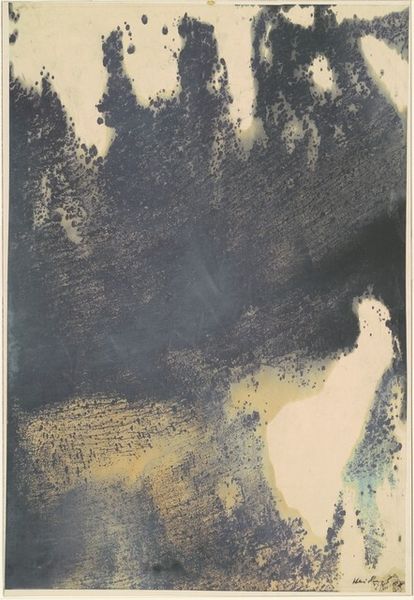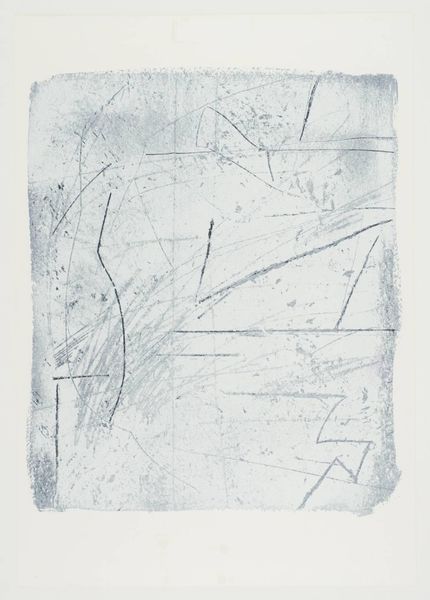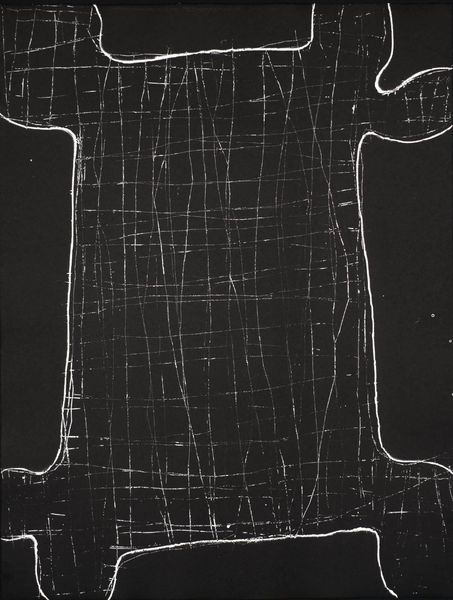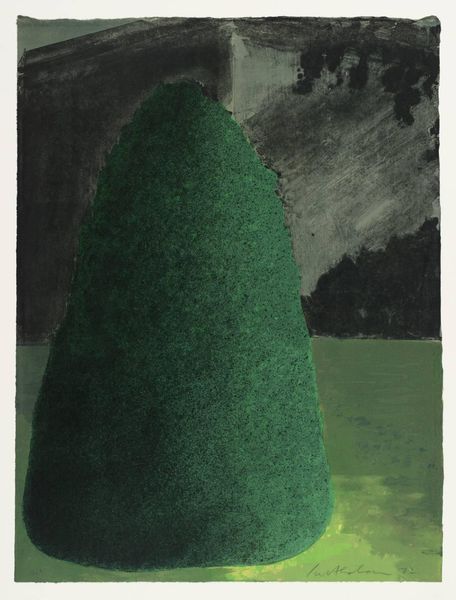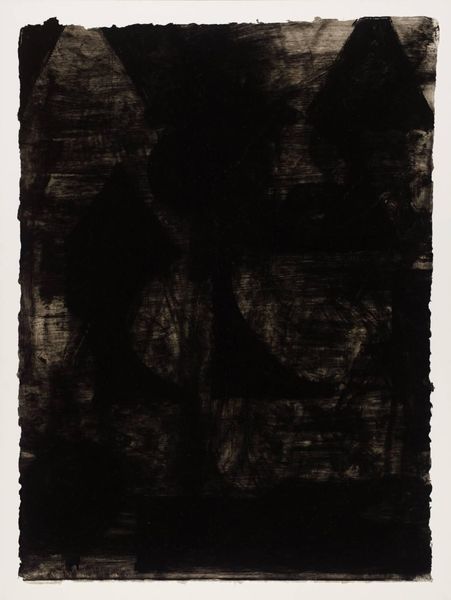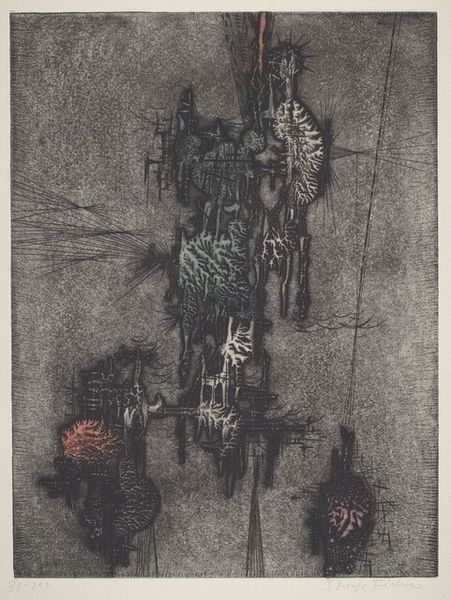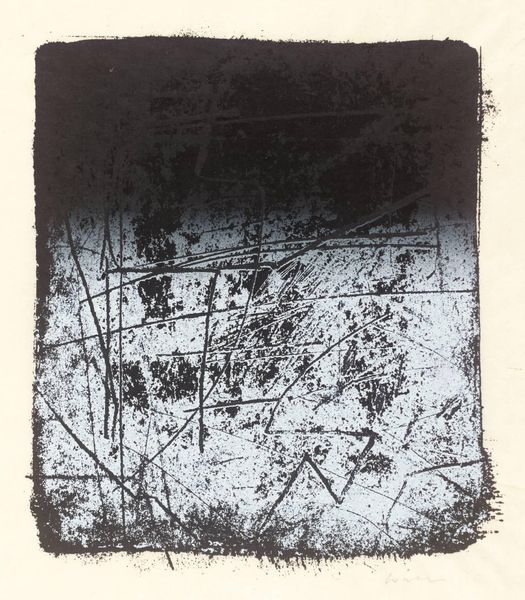
drawing
#
drawing
#
cubism
#
cityscape
#
surrealism
Dimensions: overall (approximate): 39.8 x 29.8 cm (15 11/16 x 11 3/4 in.)
Copyright: National Gallery of Art: CC0 1.0
Editor: We’re looking at “The Balcony,” a 1932 drawing by Imre Reiner. The contrast between the dark background and delicate lines gives it a somewhat ghostly quality. What are your thoughts on the drawing’s composition? Curator: The combination of drawing and possibly chalk or pastel interests me from a material standpoint. How the artist juxtaposes the precision of line with the imprecision of the chalk—it challenges conventional definitions. It raises questions: how did he combine the drawing with the powdered medium? Was this a deliberate choice of material properties, an intentional blurring of boundaries between different forms of artistic labour? Editor: It does seem like an unusual pairing. Is it fair to connect the combination of material with the cityscape theme? Curator: Absolutely. This isn't just a pretty scene. Consider the date – 1932. What was happening in the world? Economic depression, rising political tension… this work uses line and pigment to describe that tension. We should think about what this artistic choice suggests about Reiner's understanding of how he was processing the materials available. And in a broader scope, does it act as commentary to capitalism and mass-production? Is it possible the location or his current events affect how and what Reiner created. Editor: So, by combining these materials in a cityscape, the artwork also embodies social unrest, both a reflection and a response? Curator: Precisely. Reiner manipulates readily available materials, such as paper, chalk, and graphite, turning their typical function to new expressive and, perhaps, subversive ends. Editor: I see now how his process itself can carry meaning, layering the commentary even further. It makes the work far more relevant and complex. Thanks! Curator: And thanks to you, it’s given me more food for thought about labor’s footprint in artwork creation.
Comments
No comments
Be the first to comment and join the conversation on the ultimate creative platform.
